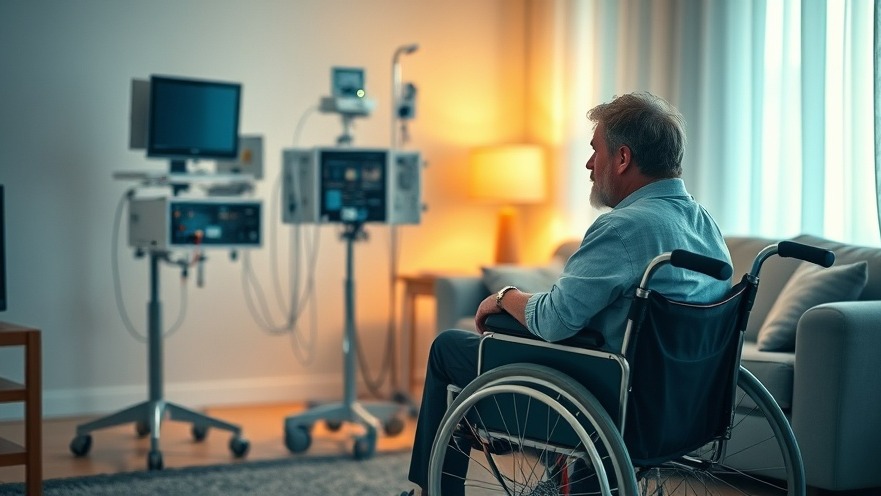
The Hidden Costs of In-Home Medical Equipment
In a recent national study released by the Regenstrief Institute, researchers have highlighted a pressing issue: the financial burden of operating home medical devices is higher than many patients realize. With the increasing reliance on durable medical equipment (DME) such as oxygen concentrators and CPAP machines, the annual electricity costs for households can climb significantly, adding undue financial strain on vulnerable populations.
Projected Growth of Durable Medical Equipment Market
According to the report, the market for DME is expected to rise from $43.3 billion in 2022 to a staggering $64.8 billion by 2027. This boom in demand reflects a growing trend in telehealth and personalized medicine, with more patients seeking the convenience of at-home care. While this is beneficial from a health perspective, it raises concerns regarding the associated costs, particularly in terms of energy consumption.
Understanding the Financial Impact
The study’s researchers discovered that patients using DMEs may face electricity cost increases between $120 and over $700 annually, depending on device usage and regional electricity prices. In high-cost states like Hawaii and California, these burdens can reach up to 40% of monthly energy bills. Such expenses can be crippling, particularly for low-income families already struggling with medical costs.
Health and Wealth Connection: A Vicious Cycle
Kosali Simon, a research scientist at Regenstrief, emphasizes the correlation between health and financial stability. “People whose health is very compromised tend to face strained financial circumstances,” she notes. “For many, the added cost of running vital healthcare equipment may force difficult decisions about household energy use.” This scenario forces patients to weigh their health needs against economic realities, impacting their overall quality of life.
Potential Solutions and Strategies for Consideration
Concierge health practitioners must be aware of these dynamics to navigate their patients' needs effectively. One proactive approach could involve advocating for energy assistance programs that help cover these costs for low-income patients. Additionally, engaging with DME suppliers to establish pricing transparency and explore financing options can alleviate patient anxiety regarding unexpected utility expenses.
Broader Implications for Healthcare Providers
Healthcare providers must recognize the significance of these findings amidst the ongoing transition to integrated care models. By understanding the total cost of care, including ancillary expenses linked to DME, practitioners can offer more comprehensive support. This could involve equipping patients with not only the necessary medical equipment but also the information needed to manage their total healthcare costs.
Looking Forward: Policy Changes and Healthcare Innovations
With a rising number of Americans using DME, policymakers might consider revising Medicare and Medicaid structures to alleviate some of the financial burdens associated with electricity costs. Continued discussions about energy regulations and healthcare affordability will be crucial as these trends develop. Additionally, as technology advances, there may be opportunities for energy-efficient devices within the DME market.
What This Means for Patients
For patients, being aware of the electricity cost burden of their medical devices is essential for planning and management. This knowledge is particularly pertinent for individuals dependent on machinery that is crucial for their livelihood and health. Practical tips include creating a detailed monthly budget to account for anticipated utility costs, and exploring alternative energy sources or renewable energy options to mitigate overall expenses.
Final Thoughts: Advocate for Patient Awareness
As the healthcare landscape evolves, the intersection of technology and patient care continues to create new challenges and opportunities. For healthcare practitioners, advocating for patient knowledge about the costs of in-home medical equipment can lead to better-supported patients and improved healthcare outcomes. Stay informed on this topic and consider how it may impact your practice and your patients' wellbeing.
By empowering patients with knowledge about potential costs and available support, you enhance their ability to manage their healthcare effectively. Let’s ensure that those who rely on vital home medical devices are not left in the dark about their financial obligations.
Join the conversation on this crucial topic, and take action by sharing your own insights or initiating discussions with your patients about managing the costs of their care.
 Add Row
Add Row  Add
Add 






Write A Comment